Regarding the US's recent decree adjusting the reciprocal tax on Vietnamese export goods from 46% to 20% according to the official announcement on the morning of August 1 (Vietnam time), economic expert, Dr. Le Quoc Phuong, former Deputy Director of the Center for Industry and Trade Information ( Ministry of Industry and Trade ) spoke with reporters of Hanoi Moi Newspaper.

- What do you think about the 20% tax rate that the United States applies to imported goods from Vietnam according to the information just announced?
- I think that the 20% tax rate is basically acceptable. Considering the current situation, when the US imposes quite high reciprocal taxes on many trading partners, the 20% tax rate for Vietnam is considered neither too high nor too low.
This is consistent with my previous forecast when I gave three possible scenarios from the results of the US-Vietnam negotiations. That is the good scenario with a tax rate of 10-15% on Vietnam's exports; the basic scenario with a tax rate of 15%-25% on Vietnam's exports; and the bad scenario with a tax rate of 25% or more on Vietnam's exports.
In which I predict a high probability of achieving the basic scenario. On the condition that Vietnam will agree on 3 main points: Reducing import tax on US goods to 0%; committing to purchase US goods with large value to balance trade; strictly controlling goods with fraudulent origin entering Vietnam for export to the US.
The reality happened as predicted, in which the US imposed a 20% tax and Vietnam accepted 3 concession conditions. In which the 3rd condition was to strictly control goods with fraudulent origin entering Vietnam for export to the US, which the US side specified with a 40% tax rate, which they called "transit goods".
Note that the 20% tax rate imposed on Vietnamese goods is higher than the 19% rate imposed on Pakistan and five other ASEAN countries (Cambodia, Indonesia, Malaysia, Philippines, Thailand) which are our competitors in exporting similar goods to the US market, but not so high as to cause a major imbalance in competitiveness.
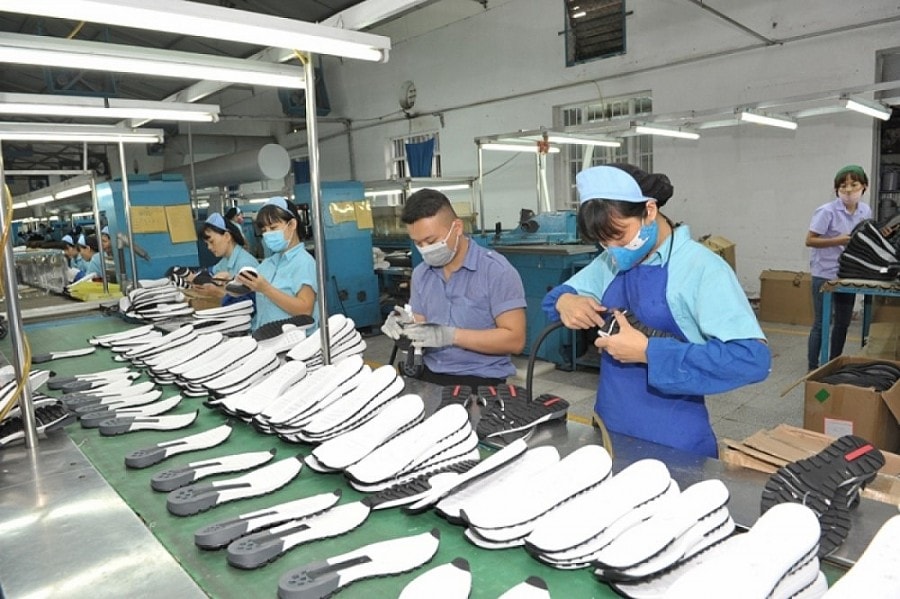
- In your opinion, how will this decision affect Vietnam's export activities, especially key product groups such as textiles, wood, electronics...?
- The United States is the largest market, accounting for nearly 30% of Vietnam's total export turnover, and is also the largest export market for key product groups such as electronics, textiles, footwear, wooden furniture, and seafood.
The US market accounts for 32% of Vietnam's electronic product exports. Most of the companies exporting electronic products are large multinationals such as Intel (USA), Samsung and LG (Korea), Foxconn (Taiwan - China)...
The 20% tariff may squeeze profit margins for major manufacturers but also open up opportunities for US companies supplying manufacturing machinery in the sector. However, high-tech components that rely on Chinese inputs may face compliance costs due to the transit tariffs.
The US market accounts for 44% of textile and garment exports and 36% of footwear exports. These industries employ millions of workers and are particularly vulnerable. The 20% tariff reduces competitiveness, potentially leading to order cancellations, production delays, and job losses. But it also encourages Vietnamese companies to increase local sourcing (cotton, fabric, yarn) to meet the rules of origin and maintain market share in the US.
The US market accounts for 60% of Vietnam’s wood industry exports, so the industry faces pressure to reduce profit margins from tariffs. However, increasing imports of wood from the US will create a more suitable supply chain.
With $8.5 billion worth of agricultural products exported to the United States, Vietnam faces fierce competition from other export rivals. The industry also faces increasing non-tariff barriers from the United States (such as quarantine procedures, strict traceability requirements and environmental standards, and import bans on certain seafood).
- With the official 20% tax rate being issued, how do you think the Vietnamese authorities should react?
- In the immediate future, we need to develop supporting industries quickly and strongly. Although in the past, we have had many policies to try to promote the development of supporting industries, it is still very slow and has not achieved many results.
This agreement is both a challenge and an opportunity for us to resolutely and quickly promote the development of supporting industries, providing enough raw materials, components and input materials for export industries.
In addition, we need to control imports from foreign countries more effectively to avoid being identified as having fraudulent origin.
We also need to support businesses to overcome difficulties by reducing taxes and fees, promoting administrative reforms, simplifying administrative procedures, creating a transparent and open business environment, and reducing costs and time for businesses.
In the long term, it is necessary to support businesses to convert from export processing to producing export products with high localization rates, high technology content, and high added value.
Strongly shift the entire economy from export processing to the production of export products with high localization rate, high technology content, high added value, that is, the economy grows in depth based on science, technology, and innovation.
- So what should businesses prepare to minimize risks and maintain market share in the United States, sir?
- In my opinion, businesses need to quickly and strongly switch to using raw materials and components of Vietnamese origin to export to the US and enjoy the lowest tax rates. Businesses also need to diversify export markets, reducing their over-reliance on one or a few markets.
- What should businesses do to prove that goods are not transit goods to avoid high tax risks, sir?
- The Vietnam-US Preliminary Agreement has not yet defined what transit goods are. Transit goods are understood as goods from other countries, either imported into Vietnam and labeled as Vietnamese, or processed at a very low level in Vietnam, then exported to the US, to avoid tariffs.
To prove that goods are not transit, Vietnamese enterprises need to have complete documents proving the domestic value content of the goods.
Of course, the regulation on controlling transit goods will force many Vietnamese enterprises, if they want to export to the United States, to switch from the current export processing model that mainly relies on importing most of the raw materials, components and accessories to production based on using domestic raw materials, components and accessories, which means having a high localization content and higher added value.
This is beneficial to the entire Vietnamese economy in the long run. Therefore, businesses need to accelerate and promote the process of transforming production models, even if it is difficult and costly in the short term.
Thank you very much!
Source: https://hanoimoi.vn/thue-doi-ung-20-hang-viet-can-but-pha-bang-cong-nghe-711330.html




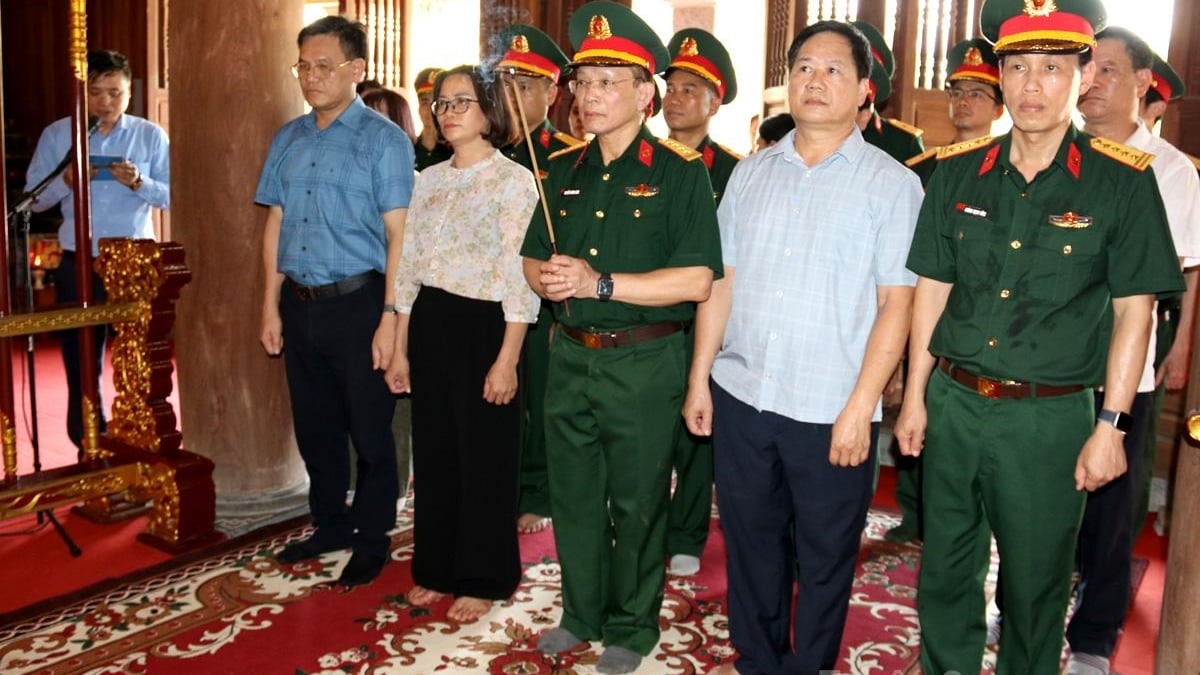




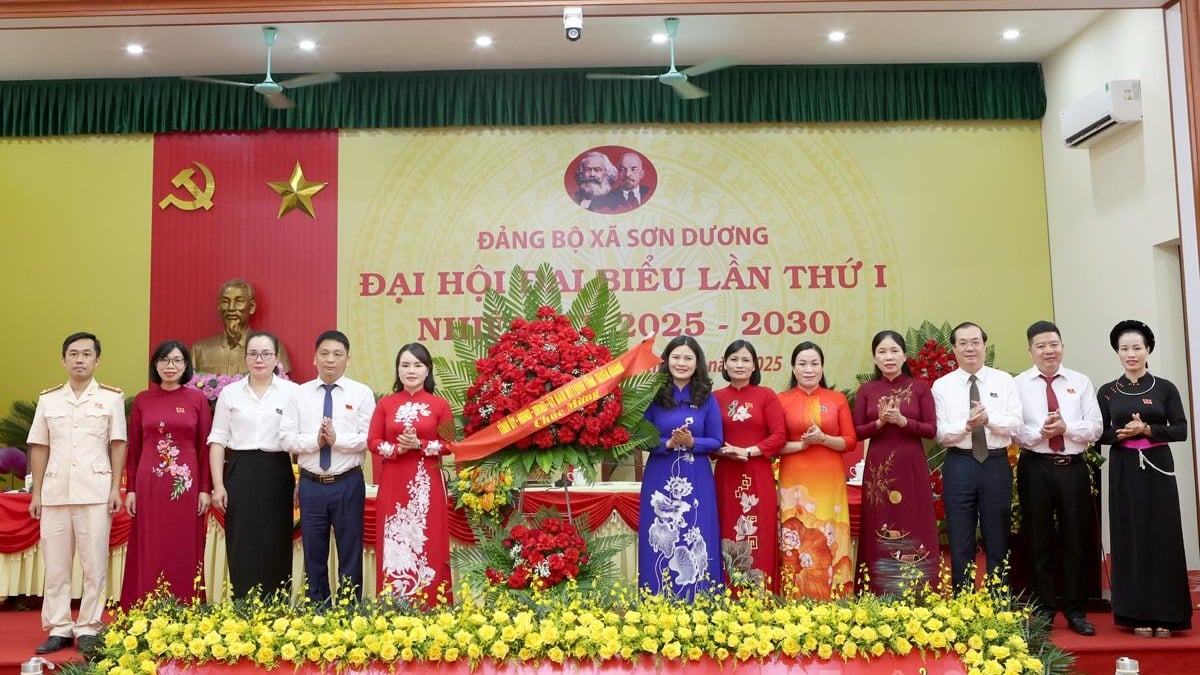
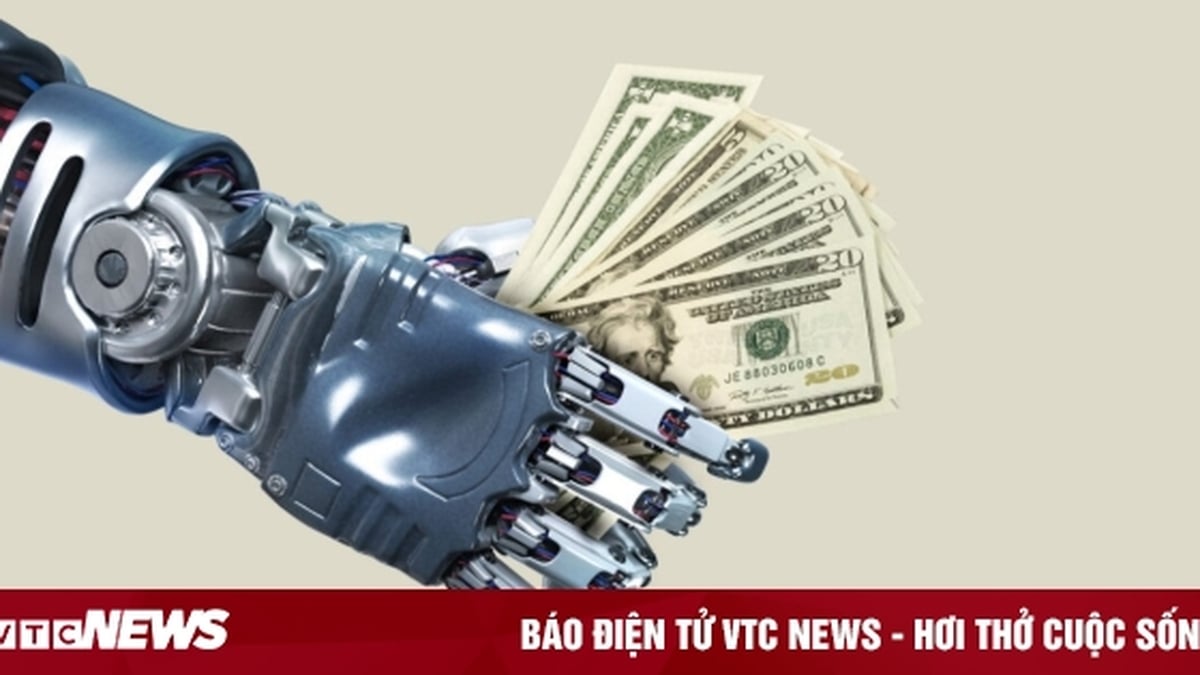





















































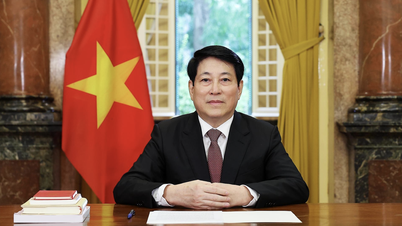




































Comment (0)